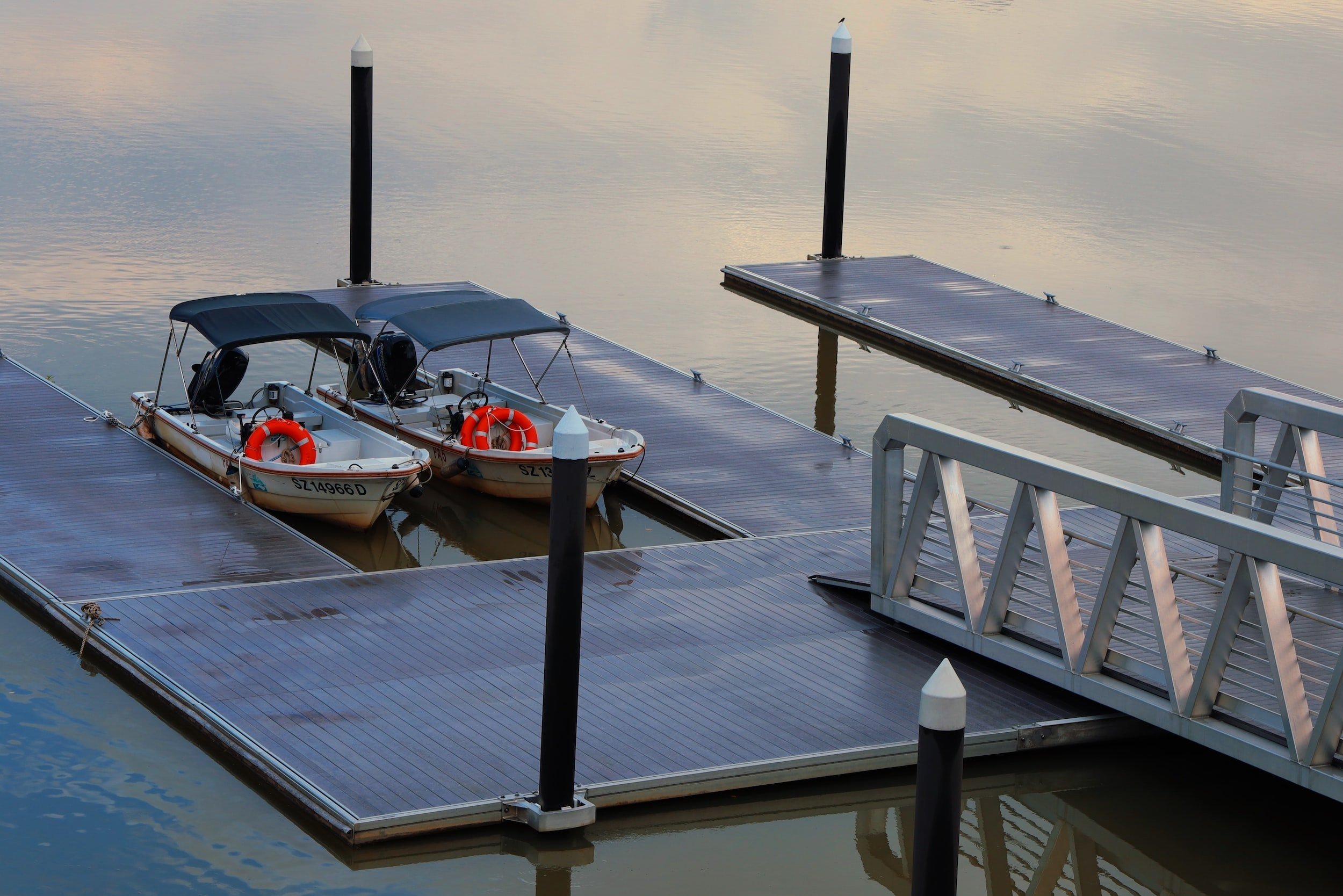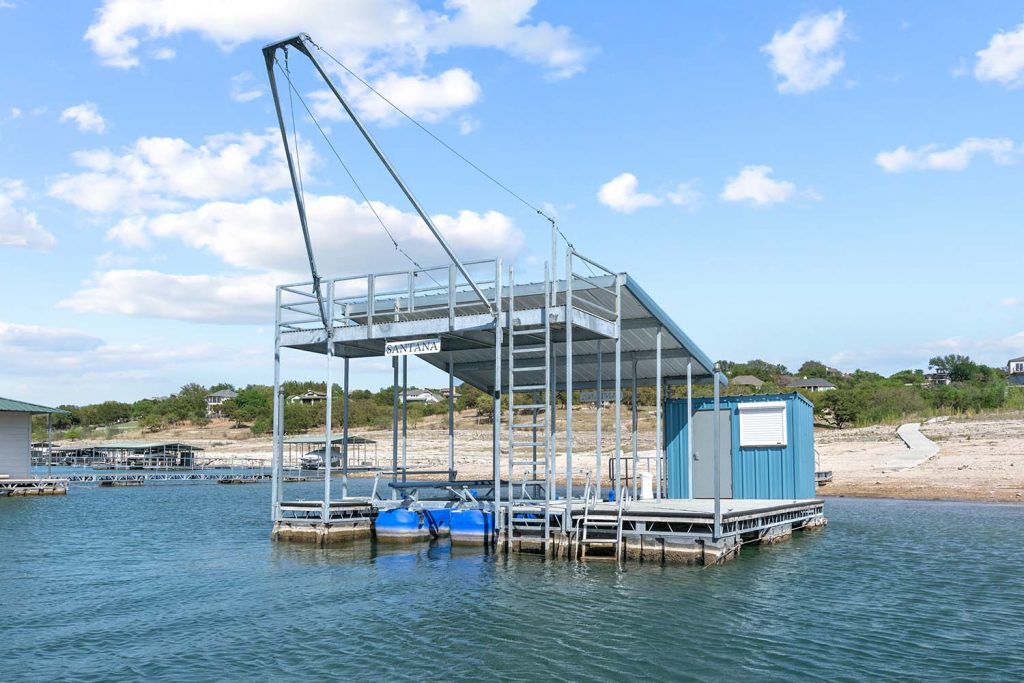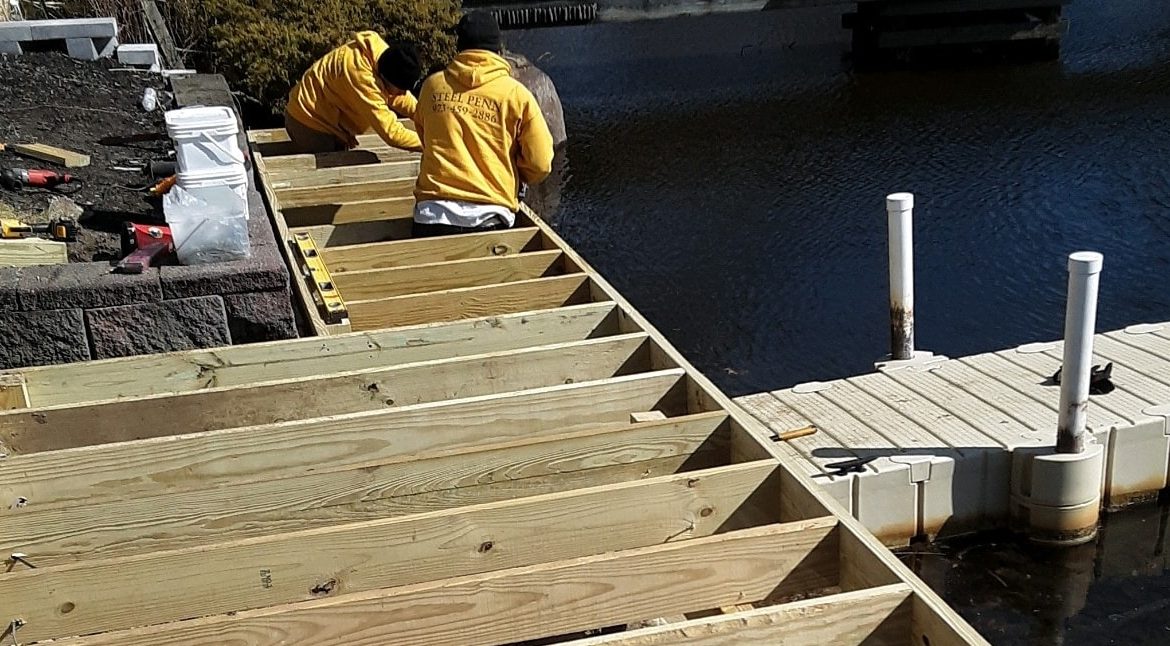How to Select the Right Service for Your Dock Repairs
Wiki Article
Efficient Dock Repair Techniques: Making Sure Structural Honesty
Making certain the structural integrity of anchors with efficient fixing methods is vital for the durability and security of marine facilities. This involves a multi-faceted strategy beginning with comprehensive inspections utilizing innovative technologies like sonar tools and remotely ran automobiles (ROVs) to spot both noticeable and hid damages. Subsequently, choosing the right repair products, such as composite materials and corrosion-resistant alloys, is important for resilience. Architectural reinforcement methods, including the execution of cross-bracing systems and load-distribution plates, play an important function in mitigating tension points. Nevertheless, the importance of these strategies ends up being obvious when exploring advanced repair work techniques and preventative maintenance methods.Analyzing Dock Damages
Examining dock damage is an essential initial action in guaranteeing the architectural honesty and security of any docking facility. Key elements to check out consist of the dock's foundation, pilings, decking, and equipment (Dock Repairs).Structural designers or certified inspectors generally execute these evaluations making use of specialized methods and tools. For example, underwater inspections may use finder devices or remotely operated automobiles (ROVs) to discover submerged damage. Over water, visual examinations are matched by utilizing wetness meters and various other analysis devices to uncover underlying concerns not right away visible to the naked eye.

Finding Repair Work Materials
Picking the ideal repair work materials is a pivotal step in the dock remediation procedure, one that straight influences the durability and performance of the repaired structure. Product choice must be driven by elements such as environmental conditions, load-bearing needs, and compatibility with existing dock components.Along with wood, composite materials are increasingly preferred because of their sturdiness and reduced upkeep needs. Composites, typically made from a blend of plastic and wood fibers, use exceptional resistance to rot, insects, and UV damage. For steel anchors, picking corrosion-resistant alloys such as galvanized steel or marine-grade aluminum is necessary to prevent rust and guarantee architectural honesty in saline water conditions.
Epoxy materials and marine-grade sealers are important for fixing splits and securing joints, supplying a water resistant barrier and enhancing the dock's total toughness. By carefully selecting high-grade materials, dock repairs can attain durable results, thus safeguarding versus future destruction and ensuring safe, trustworthy use.
Architectural Reinforcement Strategies
Effective architectural support techniques are essential in guaranteeing the security and longevity of dock fixings. This technique is particularly efficient for anchors exposed to heavy lots or harsh environmental conditions.An additional necessary technique is the application of fiber-reinforced polymers (FRP) These products use high strength-to-weight ratios and superb resistance to rust, making them optimal for reinforcing wood or concrete docks. FRP can be applied in strips or sheets and adhered with epoxy resins to boost architectural honesty.
Bracing and anchoring systems likewise play an important duty in structural support. Cross-bracing, making use of metal or wood beam of lights, can neutralize side pressures, decreasing swaying and movement. Securing systems, such as helical piers or driven stacks, give a steady structure by moving lots to much deeper, extra steady dirt layers.
Finally, the integration of load-distribution plates can assist disperse weight a lot more evenly across the dock's surface area, mitigating localized tension points. These techniques jointly ensure that docks stay robust and secure, qualified of click here to read holding up against the roughness of their functional setting.
Advanced Fixing Techniques

Another sophisticated strategy involves underwater welding, which permits repair work to be carried out without the requirement to dewater the area. This technique is particularly useful for dealing with architectural concerns in immersed dock components, guaranteeing marginal disruption to procedures. Enhanced welding techniques, paired with robotic systems, provide precision and reliability, thus extending the life expectancy of the dock.
Furthermore, cathodic security systems are applied to avoid corrosion in metal dock frameworks. By making use of sacrificial anodes or impressed present systems, these methods properly minimize the electrochemical processes that cause material deterioration.
Lastly, progressed monitoring technologies, such as architectural health tracking (SHM) systems, give real-time data on the condition of dock structures. These systems enable aggressive maintenance and timely treatments, ultimately ensuring the long-lasting structural integrity of the dock.
Upkeep and Prevention
Maintenance and avoidance are fundamental principles that underpin the long life and safety and security of dock structures. Normal examinations are extremely important, enabling for very you can try here early discovery of wear and tear, prospective weak points, and ecological effects. A positive technique, entailing routine checks for rust, rot, and structural changes, reduces costly repair services and extends the dock's operational life.Preventative actions must consist of using protective finishes to steel components to guard versus corrosion and making use of treated timber to withstand degeneration. In addition, making sure appropriate water drainage and air flow can prevent water build-up, which is a common reason for architectural deterioration. Incorporating high quality products and sticking to supplier standards during construction and repair phases also play critical functions in enhancing sturdiness.

Educating personnel in dock maintenance ideal practices ensures regular application of preventive actions. Leveraging technological breakthroughs, such as drones for assessments and sensors for real-time monitoring, can better boost maintenance efforts. By prioritizing maintenance and prevention, dock proprietors can make sure structural honesty, operational safety, and affordable administration over the dock's lifespan.
Conclusion
Finally, keeping the structural stability of aquatic centers requires detailed dock repair service strategies. Complete assessments utilizing advanced devices reveal both visible and hid problems, while the choice of ideal fixing materials improves sturdiness. Implementing architectural support methods addresses stress and anxiety points effectively. Advanced repair service strategies, coupled with regular maintenance practices, ensure the dock remains risk-free and operational under diverse ecological problems. Taking on these strategies considerably lengthens the life expectancy and performance of aquatic infrastructure.Making certain the structural stability of docks through efficient repair work strategies is critical for the long life and safety best site of marine facilities.Picking the ideal repair service materials is a crucial action in the dock reconstruction process, one that straight influences the long life and efficiency of the fixed structure.Effective structural reinforcement strategies are critical in making certain the stability and long life of dock fixings. By prioritizing upkeep and prevention, dock proprietors can make sure structural integrity, functional safety, and cost-efficient management over the dock's lifespan.
In verdict, maintaining the architectural integrity of marine centers requires thorough dock fixing methods.
Report this wiki page